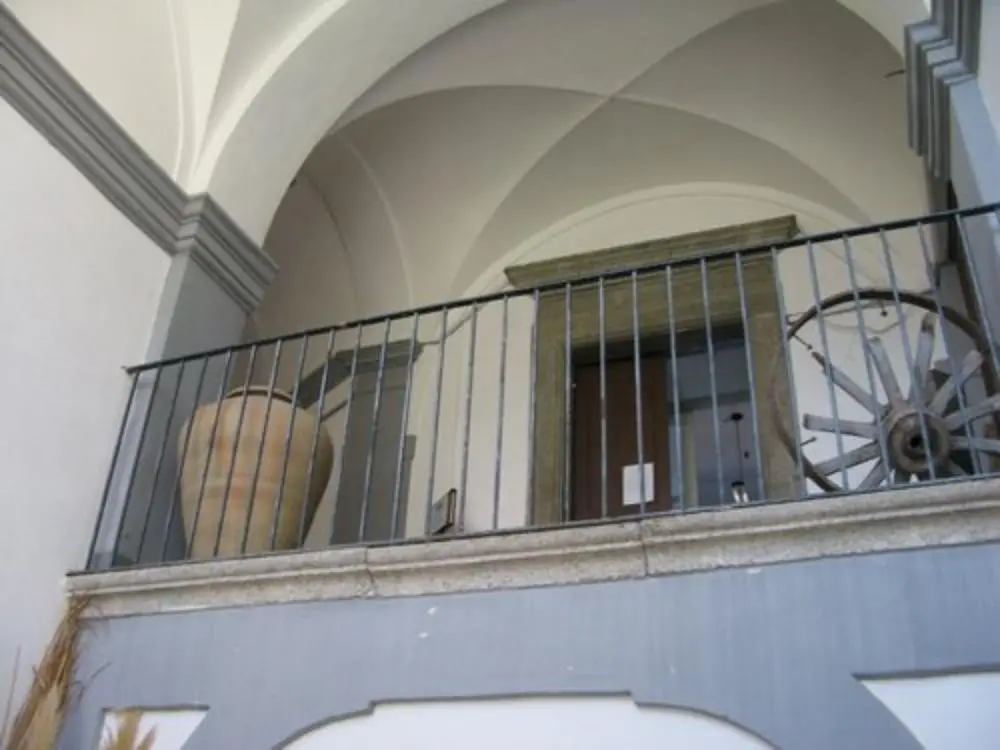Ruffo Castle

Castle
Castello Ruffo, Nicotera - Luca Fregola
Imposing and elegant, with towers, arches, secret passages, precious details in marble and wrought iron, and a terrace overlooking the sea offering breathtaking views.
The Ruffo Castle of Nicotera is a noble residence located in the historic centre and was built on the ruins of an ancient fortress. It dominates the valley below and from its terrace you can admire a panorama that opens onto the Tyrrhenian Sea, revealing the outline of all the Aeolian Islands, showing the Strait of Messina and Mount Etna in the background.
The first castle of Nicotera, now lost, was built at the behest of the Norman king Robert Guiscard during the 11th century. The history of this manor is a succession of constructions, destructions and reconstructions, due to earthquakes and violent looting by the Saracens in 1074 and then again in 1085. In 1284, the Aragonese army demolished the castle and immediately afterwards decided to rebuild it. Under Emperor Frederick II, the castle changed its layout once again, in keeping with the artistic canons of the Swabians. In 1700, Count Falcone Antonio Ruffo decided to build his summer residence here, a few metres from the remains of the previous Norman manor (of which only a few stone foundations and a cistern remain, no longer visible), entrusting the project to Ermenegildo Sintes.
What is certain is that over the centuries, the elegant rooms of the building have hosted illustrious figures: St Bruno of Cologne, Pope Urban II, Joachim of Fiore and Empress Constance of Altavilla. The Ruffo Castle in Nicotera has a quadrilateral plan with three corner towers. The main façade is characterised by two side towers connected by a series of seven arches supporting a long, narrow terrace overlooking the Tyrrhenian Sea, offering an incredible view. A violent earthquake in 1783 irreparably damaged the castle's façade, but its charm certainly remained intact.
From the inner courtyard, a small granite marble entrance leads to the basement, at the end of a long corridor and after descending a steep staircase. And it is here that history merges with legend. Over the centuries, rumours have been handed down that the castle is connected to Marina di Nicotera by secret passages, so much so that some prisoners in the castle, in order to carry out an escape plan and ascertain the presence of these tunnels, threw watermelons inside, which rolled until they reached Marina di Nicotera. Legend has it that there are five secret passages leading to the sea, the mountains and the Monastery of the Poor Clares, whose abbesses were, for a long time, Ruffo princesses. Of course, these stories are not confirmed by historical sources. The ground floor of the castle has a room with a ribbed vault and a huge hall lit by seven windows that open onto the arches of the main façade. The granite slab floor and the majestic staircase are striking.
Today, the castle has been acquired by the Municipality of Nicotera, which has restored some parts of it. The ground floor houses the Civic Archaeological Museum and the first floor houses the Museum of Rural Life of the Mount Poro.

